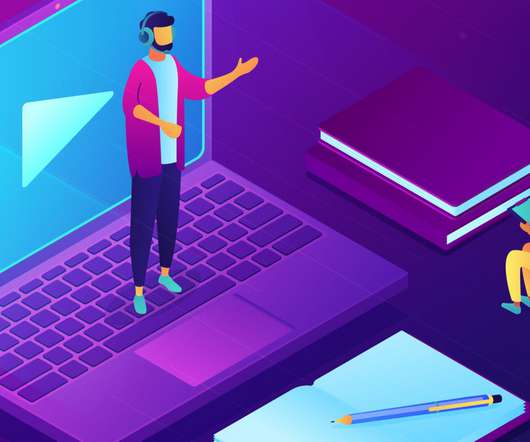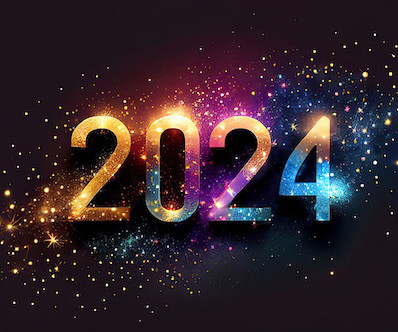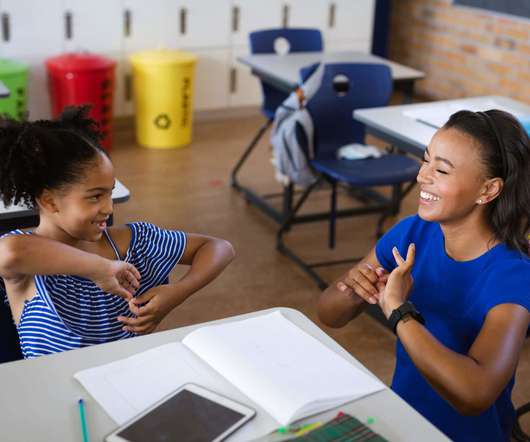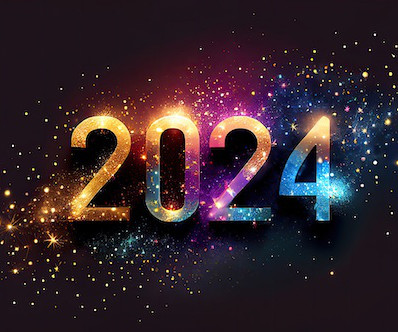10 steps for making your online courses accessible for all students
eSchool News
DECEMBER 16, 2015
According to a new report, incorporating Universal Design for Learning (UDL) in online courses not only benefits students with disabilities, but can have significant benefits for all students, ultimately increasing retention and improving learning outcomes. New report highlights 10-step plan to applying Universal Design for Learning online.
























Let's personalize your content